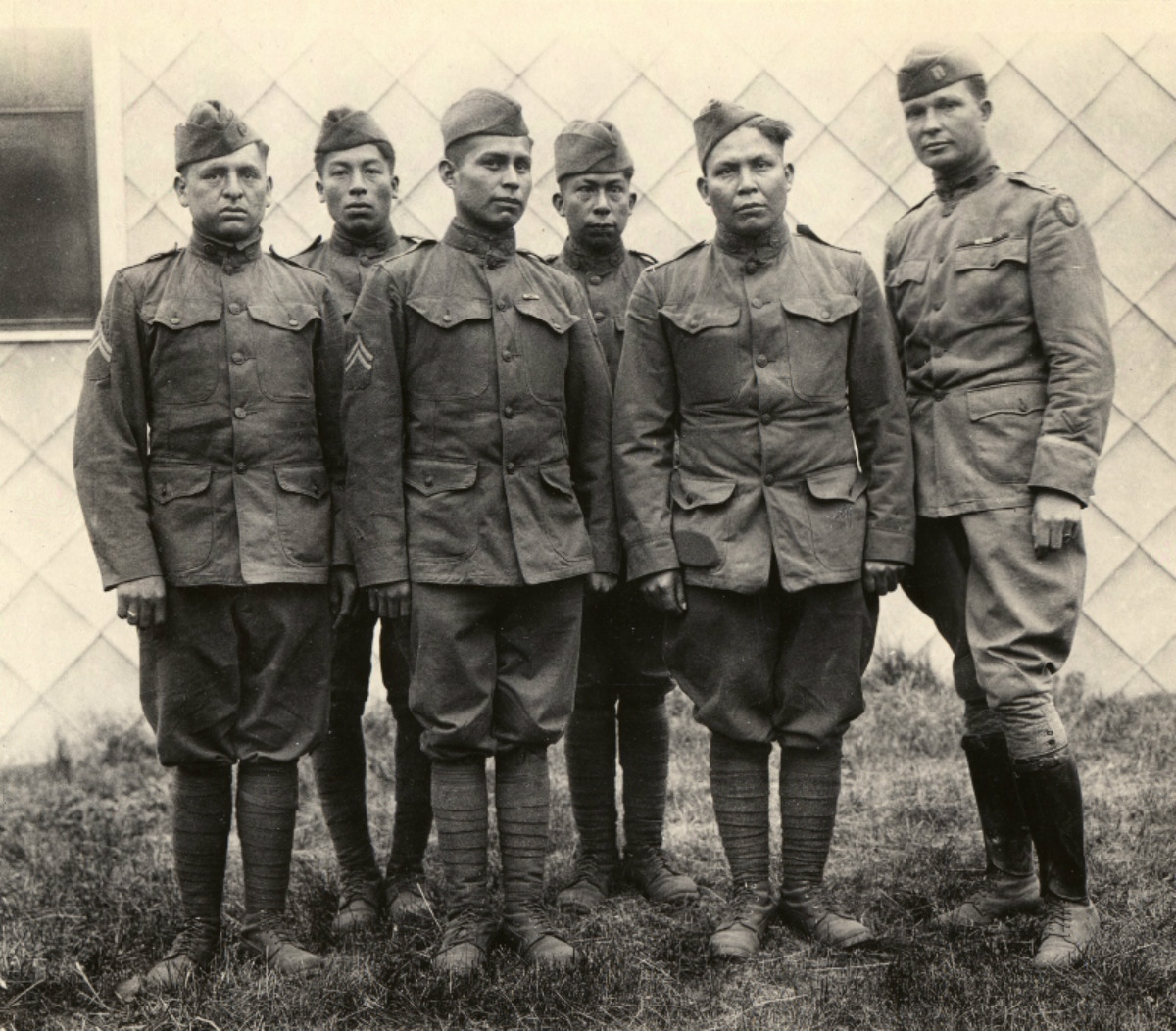Code talkers were small groups of Native Americans who served in the United States armed forces in World War I (1914-1918) and World War II (1939-1945). Code talkers developed and used codes in Native American languages to send secret messages. Their efforts helped the United States and its allies win both wars.

The best-known code talkers were Navajo radio operators during World War II. In 1942, the U.S. Marine Corps recruited 29 Navajo men to develop a code. More than 400 Navajo code talkers served in the war in the Pacific. On Japanese-held islands, such as Iwo Jima (now Iwo To) and Okinawa, the code talkers sent vital messages between front lines and command posts. The Japanese never broke the Navajo code.
Philip Johnston, an engineer raised on a Navajo reservation where his father was a missionary, suggested that the Marines use the Navajo language as the basis for a code. He chose Navajo because it was an unwritten language unknown to most non-Navajos. Its complex structure, difficult pronunciation, and singsong qualities made it nearly impossible to decipher.
Code talkers used familiar words to represent U.S. military terms. When referring to a fighter plane, they used the Navajo word for hummingbird. A destroyer became a shark, and bombs were eggs. Code talkers also developed an alphabet based on English words to spell names. One or more Navajo words could stand for each letter. For example, the Navajo word for ant indicated the letter a, bear signaled b, cat was c, and so on.
Several other Native American groups also acted as code talkers. In World War I, about 19 Choctaw men served in the U.S. Army, sending and receiving messages based on the Choctaw language. During World War II, 17 Comanche men used their language for code in the U.S. Army Signal Corps. 
